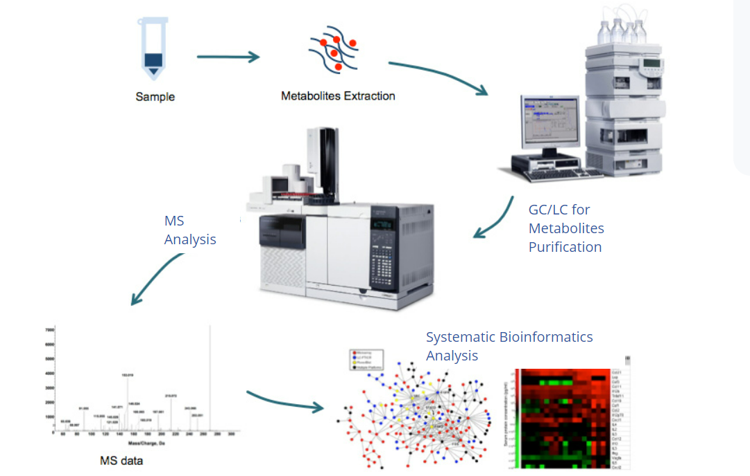JOURNAL 3047
Records of Agricultural and Food Chemistry
Year: 2024 Issue: 3 Special Issue: Abstracts 3rd. TCS, International Food Chemistry Congress February 29-March 03,2024 Antalya Türkiye
p.21 - 21
Viewed 799 times.
GRAPHICAL ABSTRACT

ABSTRACT
Bees play a crucial role in maintaining the balance of nature and the overall ecosystem. Not only do they contribute to the pollination process, ensuring the reproduction of various plant species, but they also provide essential products for human consumption, such as honey, royal jelly, propolis, and pollen. Honey, a primary bee product, is composed of various sugars, along with proteins, amino acids, vitamins, and other vital nutrients. Despite the numerous benefits associated with honey, there is a limited amount of research on its molecular composition. Moreover, studies specifically focusing on Turkish honeys are sparse and often lack comprehensive quality. Typically, research tends to concentrate on specific components like flavonoids and volatile compounds. Some studies analyze honey metabolites based on the floral origin, while others explore metabolomic differences between mature and immature honey. However, a comprehensive study that systematically profiles the metabolite composition of regional monofloral honeys in Turkey is currently lacking. The primary objective of this study is to identify and characterize the maximum number of metabolites present in monofloral honeys originating from diverse regions in Turkey. Additionally, the collected data will undergo rigorous bioinformatic analysis, aiming to systematically categorize and offer profound insights into the molecular composition of these honeys. Once the appropriate extraction solvent was determined, the honeys were subjected to extraction throughout the day. Subsequently, they were taken from the supernatant and dried in a speed vacuum. After the drying process, the dried honeys underwent suitable amidation and silylation procedures before being analyzed using GC-MS. Metabolite profiles of honeys collected from 10 different regions of Turkey were obtained using GC-MS. Significant differences were observed among honey samples from different regions in terms of the types and number of identified metabolites. The bioinformatic analysis indicates an average identification of approximately 25-30 metabolites in each honey sample with the composition ranging from 85-90% sugar and sugar derivatives and 15% other components (organic acid) depending on the region. Classification studies based on molecular compositions were conducted, considering regions, monofloral origins, geographical conditions, and climatic factors. These studies are currently ongoing for the analysis of 17 honey samples. [1-3]
KEYWORDS- Honey
- metabolomics
- food analysis
- gas chromatography
- mass spectrometry